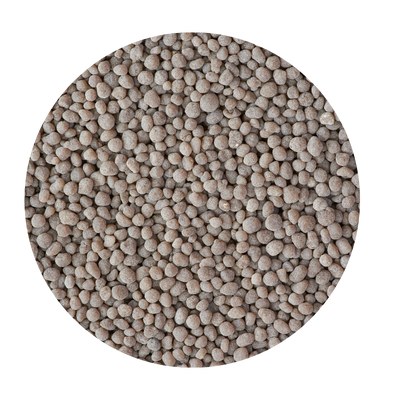Products
Sugar
Petroleum
Building Material
Cooking Oil
Have questions ?
Reach OUT US
Fertilizers:
Organic fertilizers:
- Nitrogenous Fertilizers
- Phosphate Fertilizers
- Potassium Fertilizers
- Compound Fertilizers
- Complete Fertilizers (NPK)
- Nitrate
- Ammonia
- Ammonium salts
- Sodium Nitrate
- Ammonium sulfate
- Ammonium Chloride
- Ammonium Nitrate
Chemical compounds containing nitrogen in the amide form
Urea
Calcium Ammonium Nitrate:

Urea 46% nitrogen
Phosphate Fertilizers:
Natural phosphates, treated phosphates, by-product phosphates and chemical phosphates.
Potassium Fertilizers:
muriate of potash (potassium chloride) gray crystalline material containing 50 to 63 percent of potash (K2O), sulphate of potash (potassium sulphate). 48 to 52 percent K2O
Compound Fertilizers:
Complete Fertilizer (NPK):

NPK
Diammonium Phosphate (DAP), Monoammonium Phosphate (MAP), Potassium Chloride, Calcium Ammonium Nitrate, Micro Essentials S10, Micro Essentials S15, Micro Essentials SZ, Aspire with Boron, Ammonium Nitrate, Ammonium Sulfate, Calcium Nitrate, Muriate of Potash, Monocalcium Phosphate, Potassium Magnesium Sulfate, Calcium Phosphates etc.,

DaP
MAP (Monoammonium Phosphate):

MAP
MOP (Muriate of Potash):
MOP and SOP contain a high potassium percentage (60 or 62 percent as K2O for MOP and 50 percent K2O for SOP

MOP
CAN (Calcium Ammonium Nitrate):
TSP (Triple Superphosphate):
Triple Superphosphate TSP is Ca(H2PO4)2. H2O (43-44% P2O5
Triple superphosphates [TSPs, Ca(H2PO4)2·H2O] were produced by exothermic reactions of oyster shells and different concentrations of phosphoric acid (10, 20, 30, 40, 50, 60, and 70% w/w) in a molar ratio of 1:2. The percentage yields, P2O5 and CaO contents, metal impurities, and thermal behaviors of all the as-prepared products.

